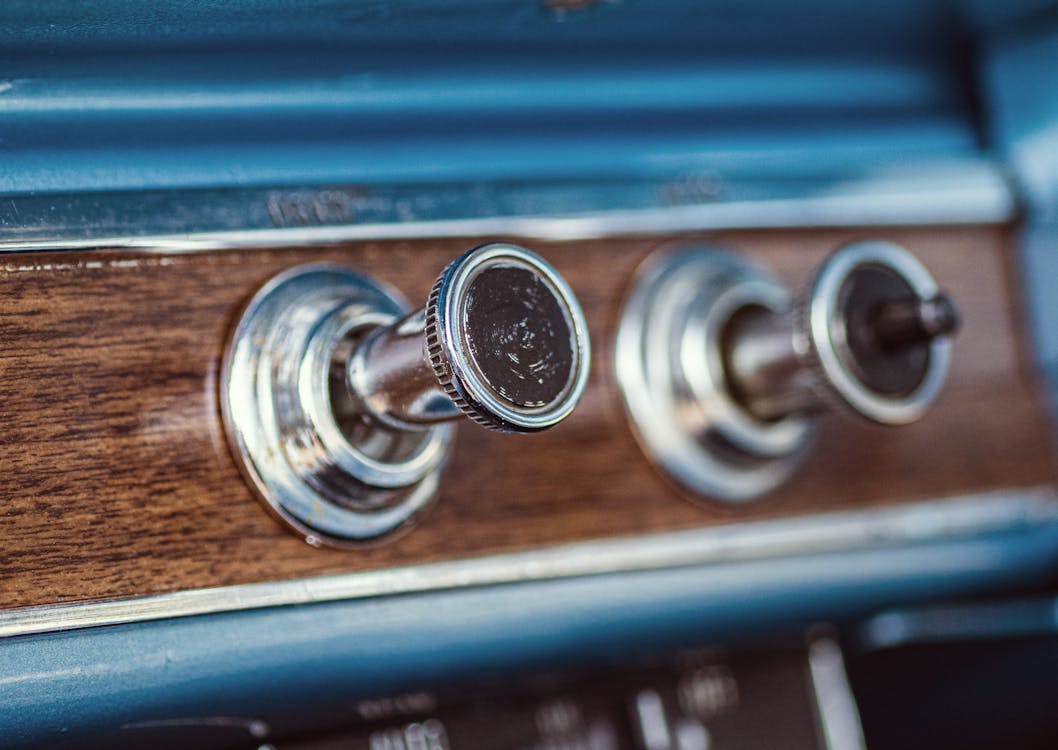Buttons in Cars: From Forgotten to Featured
Buttons in Cars: From Forgotten to Featured
Blog Article

For the past decade, cars and truck insides have actually been swiftly evolving toward streamlined, screen-dominated control board. Touchscreens replaced standard knobs, sliders, and buttons in what numerous assumed was the unavoidable march of progress. Yet, in an unexpected spin, physical buttons are silently making their way back right into contemporary automobiles. The shift signals greater than simply a sentimental nod-- it's a reaction to real-world feedback from drivers desire simplicity, safety, and tactile complete satisfaction.
The Digital Overload Dilemma
When touchscreens first started taking control of control panels, they felt like the future: tidy, customizable, and filled with features. They got rid of mess and permitted car manufacturers to streamline their insides with less physical components. However as even more features were buried within digital menus, vehicle drivers began to voice problems.
Touchscreens frequently call for multiple actions to perform basic tasks like changing the climate or changing the radio terminal. Unlike switches, they do not have the user-friendly muscular tissue memory that permits a driver to transform a setup without taking their eyes off the roadway. With so much happening on-screen, it comes to be all also simple to get sidetracked-- something no person desires when traveling at freeway speeds.
The Return of Tactile Functionality
Among the biggest benefits of buttons is their responsive responses. You can feel them without needing to look. This sensory reinforcement makes them not simply practical however much safer for drivers. When your hand intuitively knows where the quantity knob is or just how far to press a button to trigger the defrost, it decreases the demand to glimpse down or far from the road. And while touchscreens use convenience for infomercial and navigating, the important everyday functions-- like threat lights, audio controls, and HVAC-- feel much better matched to physical controls.
As a matter of fact, many motorists that formerly swore by electronic systems have revealed admiration for more recent models that mix contemporary aesthetic appeals with the useful feeling of traditional controls. It's not regarding rejecting development-- it's concerning enhancing functionality.
A Balanced Design Philosophy
Developers have actually taken notice of this changing view. Instead of abandoning displays, they're reassessing exactly how they're incorporated. The best interiors now strike a balance between digital convenience and analog accuracy. That means tactically putting switches for crucial features while making use of electronic interfaces for applications, navigating, and media.
This hybrid strategy is specifically preferred in vehicles designed for long-distance driving or families. The ease of pushing a switch without screwing up through a food selection makes a large difference when you're trying to remain concentrated, comfortable, and risk-free. Even in vehicles recognized for cutting-edge technology, a straightforward rotating dial or tactile control can be the feature that gains vehicle drivers seeking thoughtful style.
Buttons and the Emotional Connection
There's likewise something distinctively emotional concerning buttons. They bring a certain degree of involvement that touchscreens simply don't replicate. Pressing a switch or turning a dial feels like you're literally communicating with your auto-- it includes a layer of connection that makes the driving experience much more enjoyable.
For those taking into consideration used Chevy cars, vehicles from recent years usually provide the most effective of both worlds: responsive touch user interfaces coupled with classic physical controls. These designs bridge the gap in between development and experience, making them ideal for motorists that value modern functions without compromising convenience of use.
Technology Isn't Just About Screens
It's easy to conflate innovation with displays, however real technology means improving the chauffeur experience. In this light, buttons are a type of wise style. They're quick, exact, and do not require focus. As auto layout comes to be significantly driver-centric, convenience and intuition take spotlight.
This additionally connections directly into the resale and trade-in value of vehicles. Vehicles that prioritize user-friendly attributes often tend to mature much better in the eyes of future buyers. If you're considering a Chevrolet trade in, recognizing that your present vehicle supplies a thoughtfully designed interior, complete with quickly accessible controls, can have a favorable impact.
The Future Is Functional
As auto makers re-evaluate the role of user interfaces in the cabin, they're guided by motorist feedback and real-world functionality studies. The renewal of buttons does not signify a return to the past-- it's an advance in thoughtful, user-first design. It acknowledges that progression does not always indicate removing the old but integrating it in a manner that makes driving you can try here more secure, simpler, and a lot more delightful.
If you're in the market and exploring Chevy new car deals, watch on how various versions handle their indoor controls. It's not nearly the touchscreen dimension-- it's concerning just how the lorry aids you remain focused on the road while making your daily commute more instinctive. Buttons could not be the flashiest attribute, however they're swiftly becoming one of the most valued.
For even more insights right into auto fads, interior design developments, and smart car purchasing ideas, be sure to check back regularly. We're constantly upgrading the blog with fresh concepts to help you browse the road ahead.